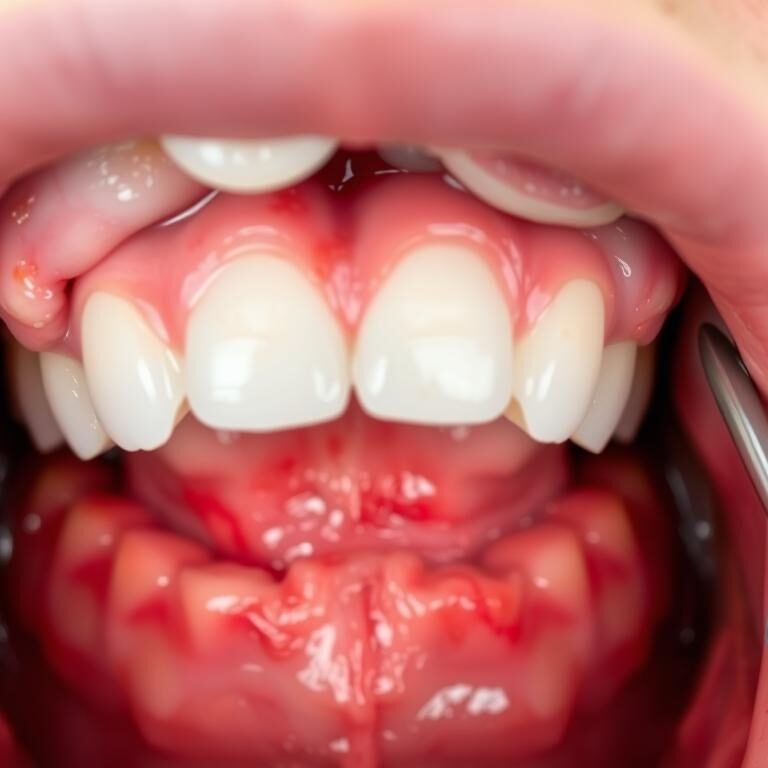Table of Contents
Overcoming Barriers to Access

Introduction
Access to healthcare is an essential aspect of ensuring overall well-being and quality of life. However, numerous barriers can hinder individuals from obtaining the healthcare services they need. These barriers can be particularly detrimental to vulnerable populations, such as low-income individuals, racial and ethnic minorities, and those living in rural areas. Overcoming these barriers is crucial for improving health outcomes and promoting equity in healthcare access.
1st Paragraph
One of the primary barriers to access is financial limitations. Many individuals, especially those without insurance coverage or with limited financial resources, face significant challenges in affording healthcare services. The cost of treatments, medications, and preventive care can be substantial, preventing individuals from seeking necessary dental and medical care. As a result, individuals may delay or forgo care altogether, leading to worsening health conditions and increased healthcare costs in the long run.
2nd Paragraph
Geographical barriers also pose significant challenges for accessing healthcare services, particularly in rural and remote areas. Limited transportation options, lack of healthcare facilities, and healthcare provider shortages can contribute to difficulties in reaching and receiving appropriate care. Individuals living in these areas may have to travel long distances to access healthcare, resulting in inconvenience, increased costs, and potential delays in care. Moreover, the shortage of dental and medical professionals in these regions further exacerbates the problem, limiting the availability of necessary services.
The table below outlines key considerations and strategies for providing dental care to special needs patients, emphasizing compassion and expertise in the dental practice.
| Aspect | Dentistry for Special Needs Patients |
|---|---|
| Understanding | Foster understanding and awareness of the specific needs, challenges, and conditions of special needs patients to provide personalized and empathetic care. |
| Communication | Adapt communication techniques to accommodate diverse communication styles and abilities, ensuring effective interaction and comprehension during dental appointments. |
| Accessibility | Ensure physical accessibility of the dental practice, including wheelchair accessibility, ramps, and accommodations for patients with mobility limitations or sensory sensitivities. |
| Sensory Sensitivity | Create a sensory-friendly environment by minimizing sensory stimuli, such as bright lights, loud noises, and strong odors, to reduce anxiety and discomfort for patients with sensory sensitivities. |
| Patient Comfort | Prioritize patient comfort and well-being by offering amenities like weighted blankets, noise-canceling headphones, and relaxation techniques to alleviate anxiety and enhance relaxation during dental procedures. |
| Specialist Referral | Collaborate with specialists, such as pediatric dentists, oral surgeons, or behavioral therapists, to address complex dental needs and ensure comprehensive care for special needs patients. |
| Caregiver Education | Provide education and support to caregivers and family members on oral hygiene practices, dental care techniques, and strategies for managing dental anxiety and behavioral challenges at home. |
| Sedation Options | Offer sedation options, such as nitrous oxide or intravenous sedation, when necessary, to manage anxiety, reduce discomfort, and facilitate dental treatment for patients with special needs. |
| Tailored Treatment | Develop individualized treatment plans tailored to the unique needs, preferences, and medical histories of special needs patients, ensuring comprehensive dental care that prioritizes their oral health and well-being. |
| Sensory-Friendly Tools | Utilize sensory-friendly dental tools and equipment, such as softer toothbrushes, gentle vibrations, and flavored dental products, to enhance comfort and cooperation during dental examinations and procedures. |
(Note: Section without conclusion)
What are some common barriers to access that people face?
Some common barriers to access include physical limitations, lack of transportation, financial constraints, limited availability of services, and language barriers.
How can physical limitations act as barriers to access?
Physical limitations, such as mobility impairments or sensory disabilities, can make it difficult for individuals to access certain buildings or navigate through spaces that are not wheelchair accessible or lack appropriate accommodations.
Why is lack of transportation a barrier to access?
Lack of transportation can prevent individuals from reaching essential services, such as healthcare facilities or educational institutions, especially in rural or underserved areas where public transportation options may be limited.
How do financial constraints hinder access?
Financial constraints can limit individuals’ ability to afford necessary goods and services, including healthcare, education, internet access, or even basic necessities like food and shelter.
What is meant by limited availability of services as a barrier to access?
Limited availability of services refers to situations where essential services, such as healthcare providers or social support networks, are inadequate or not easily accessible in a particular area, making it difficult for individuals to obtain the help they need.
How can language barriers create obstacles to access?
Language barriers can make it challenging for individuals who do not speak the dominant language of a country or community to access important information, communicate effectively, or receive quality services in their preferred language.
What are some solutions to overcome physical barriers to access?
Solutions to physical barriers may include installing ramps, elevators, or other accessibility features in buildings, providing alternative formats for information, or using assistive technologies to enhance accessibility for individuals with disabilities.
How can lack of transportation be addressed as a barrier to access?
Addressing lack of transportation as a barrier to access may involve improving public transportation options, implementing ride-sharing programs, or providing subsidies for transportation costs for disadvantaged individuals.
What measures can be taken to address financial constraints as barriers to access?
Measures to address financial constraints may include implementing affordable or subsidized services, offering financial assistance programs, or expanding access to social welfare programs and resources.
What initiatives can be taken to overcome limited availability of services as barriers to access?
Initiatives to overcome limited availability of services may involve increasing the number of healthcare or educational facilities in underserved areas, implementing telehealth or online education platforms, or providing mobile services to reach remote locations.
Resolving language barriers can be achieved by offering language interpretation services, providing translated materials and documents, or employing bilingual staff to assist people with limited English proficiency.











